Description
Explore the benefits of Tapioca for sale online for cattle feed. Learn its nutritional value, digestibility, and how it can improves cattle performance and reduce feed costs.
Tapioca for sale online
Tapioca: A Starchy Powerhouse for Cattle Feeding
In the quest for cost-effective and nutritious cattle feed, tapioca, also known as cassava, has emerged as a valuable resource, particularly in tropical and subtropical regions. This starchy root crop offers a high energy source and can contribute significantly to improved animal performance and farm profitability.
Why Tapioca for Cattle?
Tapioca’s appeal lies in several key factors:
- High Energy Content: Tapioca is predominantly composed of starch, making it a readily digestible and concentrated source of energy for cattle. This energy is crucial for growth, milk production, and overall animal health.
- Cost-Effectiveness: In regions where tapioca cultivation is prevalent, it can be a significantly more economical alternative to conventional grain-based feeds like maize or barley. This cost advantage can translate into higher profit margins for farmers.
- Availability and Yield: Tapioca is a hardy and resilient crop that can thrive in less fertile soils and with minimal water requirements. It also boasts high yields per acre, making it a reliable source of feed.
- Versatility: Tapioca can be incorporated into cattle diets in various forms, including fresh roots, dried chips, pellets, and flour. This flexibility allows farmers to adapt its use based on availability and specific animal needs.
Different Forms of Tapioca for Cattle Feeding:
- Fresh Tapioca Roots: While fresh roots can be fed to cattle, they require careful handling due to the presence of cyanogenic glucosides, which can be toxic. Soaking the roots in water for a period before feeding helps to reduce these toxins.
- Tapioca Chips: Dried tapioca chips are a common and safer option. Drying reduces the moisture content, inhibiting spoilage and concentrating the starch. They can be incorporated into feed rations after being ground or used whole.
- Tapioca Pellets: Pelleted tapioca offers convenience and ease of handling. The pelleting process can also enhance digestibility and palatability, encouraging higher feed intake.
- Tapioca Flour: Tapioca flour can be blended with other feed ingredients to create a balanced and nutritious diet. This option is particularly useful for young calves or animals requiring a finely ground feed.
Tapioca for sale online
Considerations for Incorporating Tapioca into Cattle Diets:
While tapioca offers significant benefits, it’s crucial to consider the following:
- Cyanide Toxicity: As mentioned earlier, fresh tapioca roots contain cyanogenic glucosides. Proper processing methods, such as soaking, drying, or pelleting, are essential to minimize the risk of cyanide poisoning.
- Protein Deficiency: Tapioca is primarily a source of energy and is relatively low in protein. Therefore, it’s vital to supplement cattle diets with protein-rich sources like legumes, oilseed cakes (soybean meal, groundnut cake), or urea.
- Mineral Imbalance: Tapioca may be deficient in certain minerals, such as calcium and phosphorus. Supplementation with mineral licks or mineral mixes is necessary to maintain optimal health and productivity.
- Gradual Introduction: When introducing tapioca into a cattle diet, it’s best to do so gradually to allow the animals to adapt to the new feed source.
- Proper Storage: Dried tapioca chips, pellets, and flour should be stored in a cool, dry place to prevent spoilage and maintain their nutritional value.
Conclusion:
Tapioca presents a promising and cost-effective feed option for cattle, particularly in regions where it is readily available. By understanding its nutritional profile, potential risks, and proper processing methods, farmers can effectively incorporate tapioca into their cattle diets, contributing to improved animal performance, reduced feed costs, and increased profitability. However, it is always recommended to consult with a qualified nutritionist or animal health specialist to develop a balanced and appropriate feeding plan based on the specific needs of the animals and local conditions.

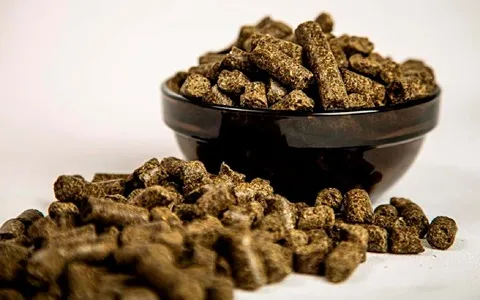

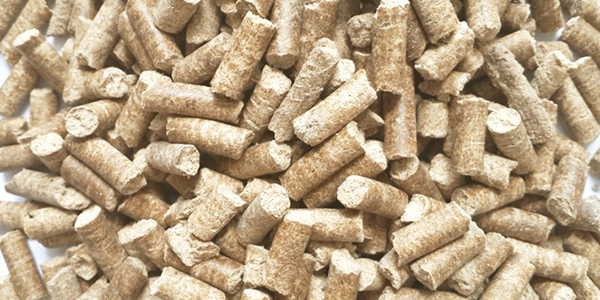
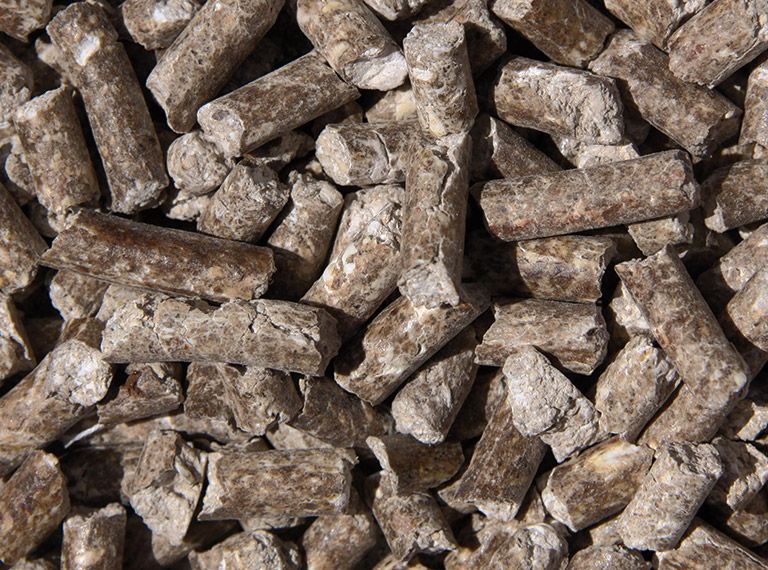
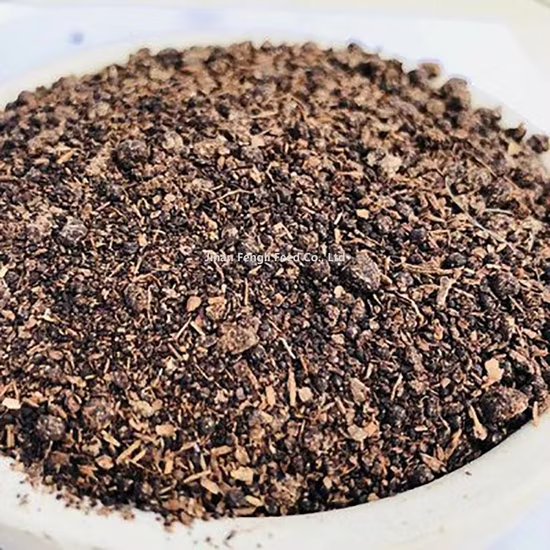

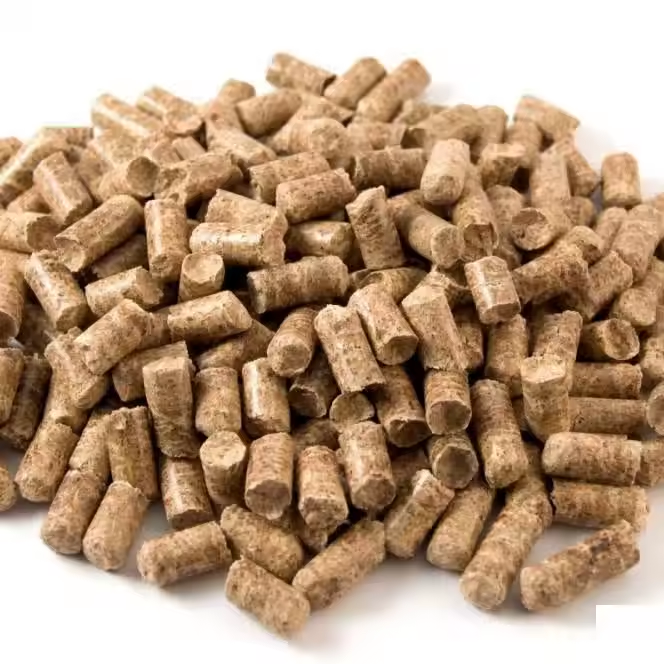

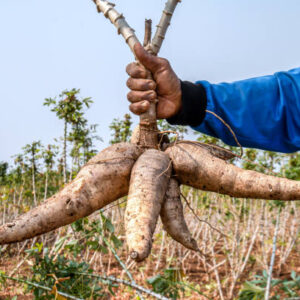

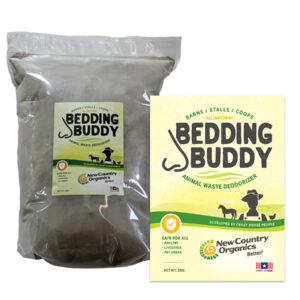


Reviews
There are no reviews yet.